Okapi are incredibly unique animals, both in appearance and behavior. These beautiful mammals are related to giraffes, and the resemblance can be seen in the head and neck. This is an endangered species, and their survival rests in our hands. Read on to learn about the okapi.
Description of the Okapi
These beautiful mammals appear to be a hodgepodge of different animals smacked together. They have black and white striped legs from a zebra, solid auburn body from a horse, and a long neck from a giraffe. The striped coloration extends all the way to the tail in the hind (rear) legs, and to the armpit in the front legs.
Interesting Facts About the Okapi
These interesting animals don’t just look strange, they have interesting behavior and characteristics as well! These endangered mammals are truly one of a kind in the animal kingdom.
- Close Cousins – Okapi are the closest living relatives to giraffes. The similarities between the two can actually be seen in a number of ways. their heads look quite similar to giraffes, and they also bear a disproportionately long neck (though not as long as a giraffe). Both animals also have dark colored, prehensile tongues used for grasping leaves.
- Sly Living – These are very secretive animals. They live in very dense rainforest that humans have a hard time navigating. Their large ears also give them the ability to hear us coming, so they can flee before we even know they were there. This is why these interesting creatures weren’t officially discovered until 1900.
- Creative Coat – While we may consider stripes to be bold and noticeable, they actually help the animal blend in to its environment. In the dense rainforest, sunlight can only partially filter through the leaves, creating a spotted, blotched, or striped pattern similar to this animal’s markings. They also have quite oily hair, which allows raindrops to slide right off their fur.
- Smelly My Feet! – These beautiful animals are mainly solitary creatures, and finding other animals in thick rainforest can be quite difficult. Like many other animals, okapis have an advanced scent marking system throughout their territory. Their scent glands are in their feet, which leave a smelly trail for other animals to translate when they pass through later.
Habitat of the Okapi
Okapi live exclusively in dense rainforests. They are perfectly adapted for forest living. Their coat pattern matches the forest, and is equipped for combating the frequent rainfall. They are shorter than their giraffe cousins to help them navigate through the trees. These animals are found exclusively in rainforest habitat.
Distribution of the Okapi
Wild okapi are found exclusively in the Democratic Republic of Congo. Their range runs both north and east of the Congo River, and they can be found mostly in central, northern, and eastern DRC. There are small groups of animals west and south of the Congo, but they are highly fragmented from the rest of the population.
Diet of the Okapi
Okapis are herbivorous, meaning that they feed exclusively on plants. They will eat leaves, ferns, fungi, grass, fruit, and other plant matter.
Research of the animal’s feces has determined that they will feed on over 100 different species of plants. When browsing for plants, they use their long tongues to help them pluck choice vegetation and bring it to their mouths.
Okapi and Human Interaction
Unfortunately, okapi have undergone a significant decrease in population. Habitat loss is a huge contributing factor in the decline of their numbers. Logging and land development have caused increased deforestation in their home range. They have also been directly hunted for their meat and skin, both historically and recently via illegal poaching.
Domestication
Okapi have not been domesticated in any way. They have, however, been successfully bred in zoos. In zoological facilities across the United States and Europe, they have been intensively bred as a safeguard for the declining population.
Does the Okapi Make a Good Pet
As an endangered species, it is illegal to own one of these animals. All animals in zoos are kept as part of a species survival plan.
Okapi Care
In zoos, these animals are fed a variety of different plants. Some of the foods provided to them are alfalfa hay, yams, carrots, and acacia branches. They are also provided with plenty of exhibit space and environmental enrichment.
Okapi are also trained using positive reinforcement. They can be taught to accept voluntary blood draws, physical examinations, ultrasounds, hoof trimming, and more.
Behavior of the Okapi
This is a diurnal species, which means that they are active most frequently during the daytime. Unless a female has a calf, they are mainly solitary animals.
While they do not socialize outside of breeding season, their territories do overlap in some areas. Male territories do not overlap very often, but females will frequently overlap territories with males.
Reproduction of the Okapi
When the female is receptive to breeding, the male will begin courtship. After mating, the female has a gestation period of 440 – 450 days. The calf can stand and walk within 30 minutes after being born! At three months old, the calf will begin to eat solid foods, and at six months the mother will wean the calf off of milk entirely.

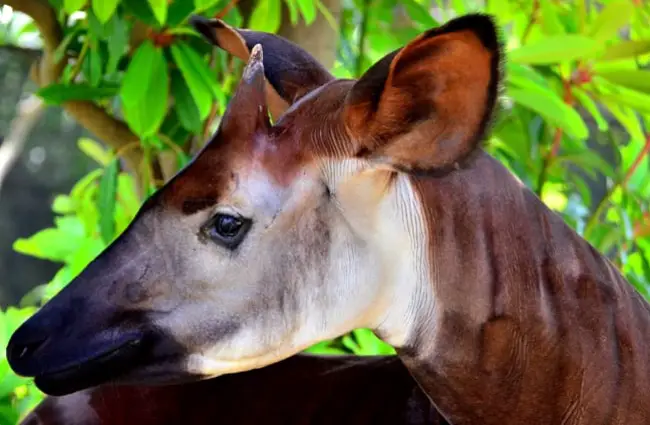
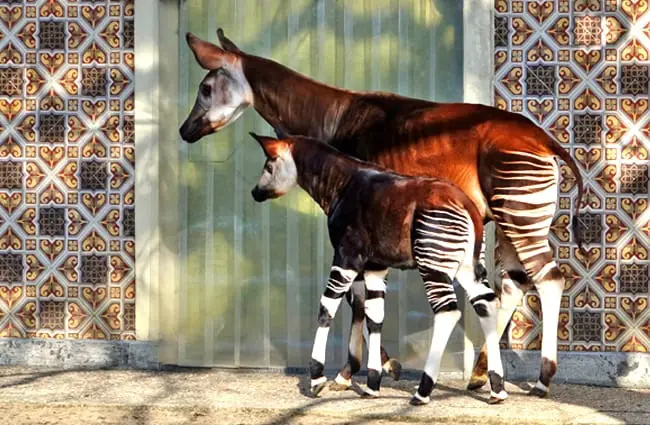

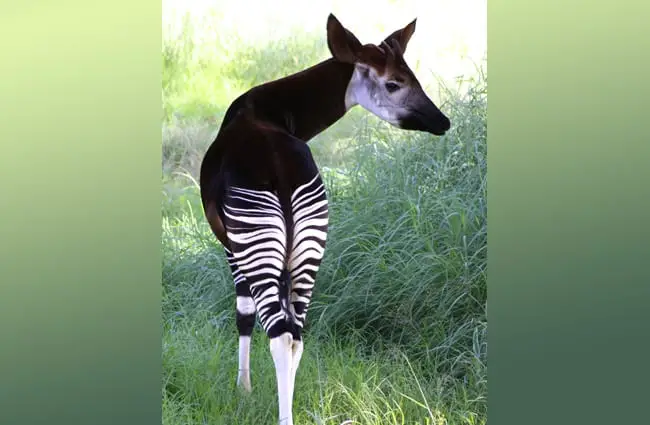
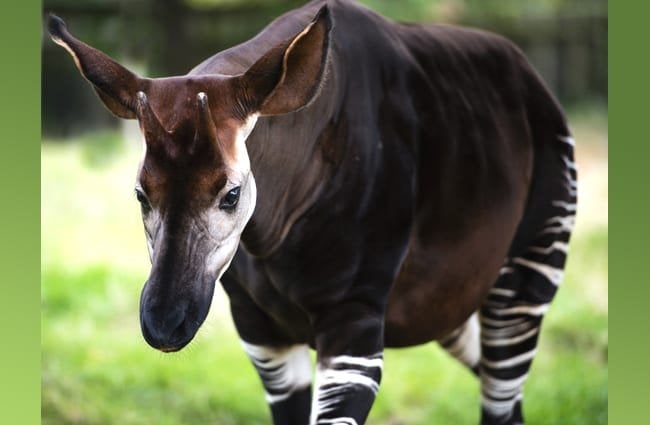
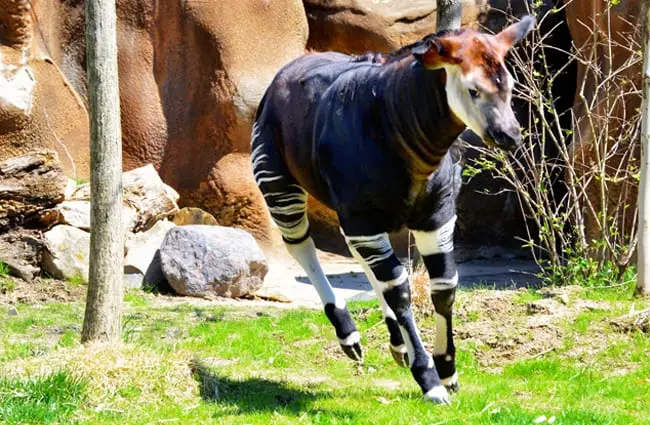





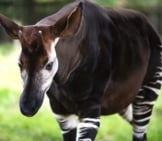
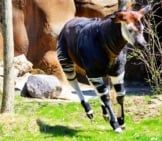
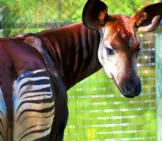
![Red Angus Closeup of a beautiful Red Angus cowPhoto by: U.S. Department of Agriculture [pubic domain]https://creativecommons.org/licenses/by/2.0/](https://animals.net/wp-content/uploads/2020/03/Red-Angus-4-238x178.jpg)












![Red Angus Closeup of a beautiful Red Angus cowPhoto by: U.S. Department of Agriculture [pubic domain]https://creativecommons.org/licenses/by/2.0/](https://animals.net/wp-content/uploads/2020/03/Red-Angus-4-100x75.jpg)

